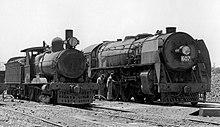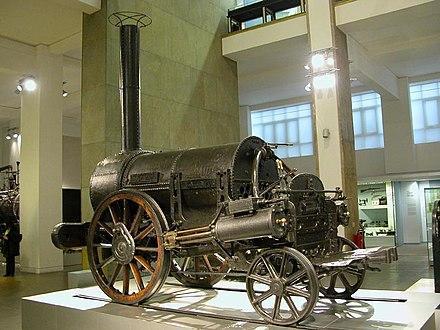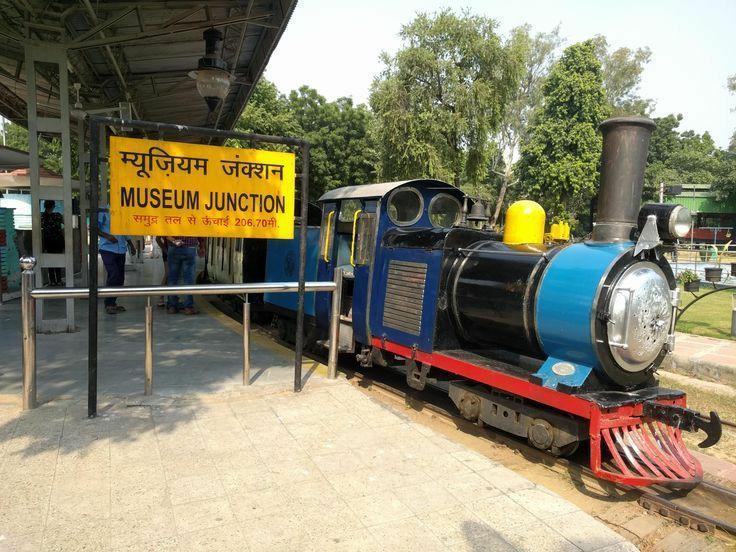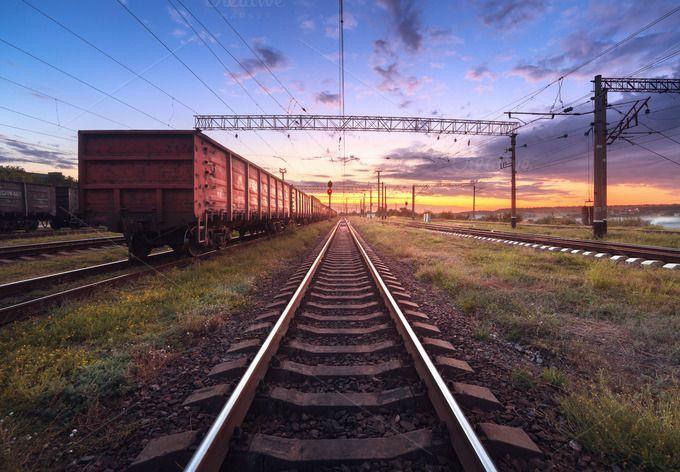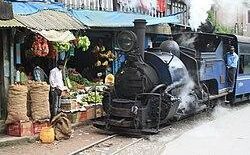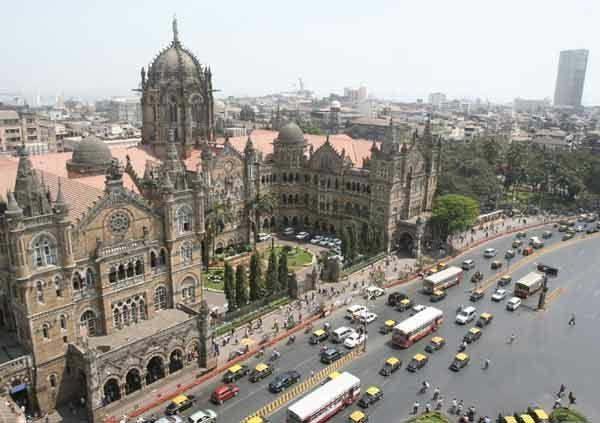#12 Gauge Conversion: Unifying the Network and Overcoming Challenges (Indian Railways Series)
Featured Image: Wikipedia Changing Gauges and Bringing India’s Railway Tracks Together India has one of the world’s largest and most complex railway networks. But a legacy of British colonial rule was a mix of broad, metre and narrow railway gauges across regions. After independence, gauge conversion projects were launched to unify the system and aid growth. Despite challenges, this has integrated operations and boosted efficiency. Maze of Mixed Gauges Are you aware that Indian railways once had over 50 types of gauges ranging from 2-ft to 7-ft widths? Shockingly, broad gauge, metre gauge, and narrow gauge lines often ran parallel. The British built lines in specific gauges based on military, cost, or famine concerns. This left independent India with a fragmented system riddled with inter-gauge transfers. Not only that, it meant coaches couldn’t easily move between sections. Locomotives also couldn’t traverse the entire network. Operating such a system was inefficient. Phasing out Narrow Gauge After 1947, India adopted broad gauge as the national standard. Narrow gauge lines were steadily converted, starting with high-density routes. By 2000, most narrow gauge tracks were converted to broad gauge. This allowed seamless train transit across major trunk routes from north to south and east to west. Some hill railways and less trafficked branch lines still use narrow gauge. But most of India’s 70,000 km rail network is now unified on broad gauge. Meter Gauge Phase Out In 1992, the railways began phasing out metre gauge in favor of broad gauge too. Thousands of metre gauge kilometres have been converted over the last three decades. This has further enhanced interoperability, efficiency, and safety. Most main lines are now broad gauge. Only a few metre gauge feeder routes remain, serving remote areas. Challenges along the Way Gauge conversion has been complex, involving the rebuilding of tracks, bridges and switching multiple trains simultaneously. Doing this without disrupting traffic posed big challenges. You’ll be shocked to know over 300 trains were affected when meter gauge lines shut between Delhi and Mumbai during conversion. Clearing traffic backlogs took months of planning. Such issues have made gauge conversion more expensive and time consuming. But the railways persevered to attain a more unified national network. Benefits for the Future Unifying gauges have removed earlier rail bottlenecks and fragmentation. Broad gauge links have enabled faster trains, double-stacked containers, and heavier loads. India’s rail network is now primed for the future, with most routes allowing seamless long-distance runs. Gauge conversion has been integral to boosting efficiency and capabilities. Though still ongoing, it has been one of independent India’s most transformative railway projects. The journey to integrate tracks inherited from history is bringing the nation closer together. Source-
